Why do you need a mixing console
What is a mixer? The word itself is familiar to many, but only those involved in sound processing have an accurate idea of this device, its purpose, and variations. This equipment is the basis of the sound processing system. Using the mixer get high quality playback of incoming signals. It is also needed in the implementation of ideas in the field of musical creativity, for their effective implementation.
Characteristics of the equipment
A mixer is a digital or electronic device with which it processes audio data. It mixes several incoming signals and gives the result to the output. The whole process of its work with signals can be divided into several stages:
- taking them from sound sources (audio equipment, musical instruments, microphones and other sources);
- balancing;
- processing;
- mixing (summation) at the output to the final signal.
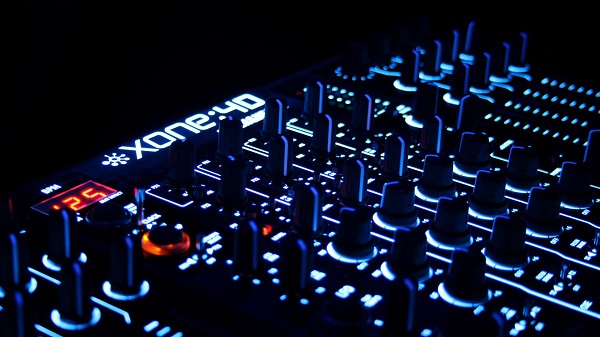
At the balancing stage, sounds are distributed over a range of frequencies, harmonized, and panning takes place. Then they are treated with various effects. At the last stage, a summed signal is obtained, which is then amplified and reproduced.
Other names for this sound processing equipment are a mixing console or a mixing console.
One of the main characteristics of the remotes is maximum number of available channels. Inputs are of two types:
- balanced, reducing the level of interference in the incoming signal;
- unbalanced.
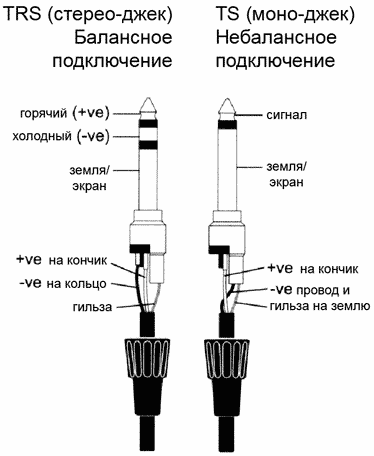
The first in consoles are used much more often.
It turns out that the mixer, taking sound from various sources, connects it in the required proportions into a single whole at the output. When this occurs, the routing of the signals during their recording, summation and amplification.
Mixing console device
Mixing consoles of various models differ in their device. But at the same time there are mandatory elements for each. These include sections of entrances and exits.
General view of the console is shown in the photo below.
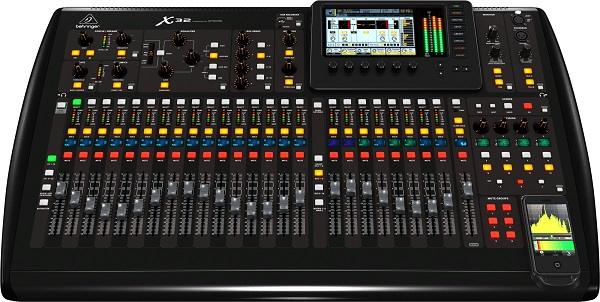
The input section is represented by a certain number of channels (almost always their number is proportional to 2). This number determines the maximum possible number of received sources of sound signals, which then regulate, amplify.
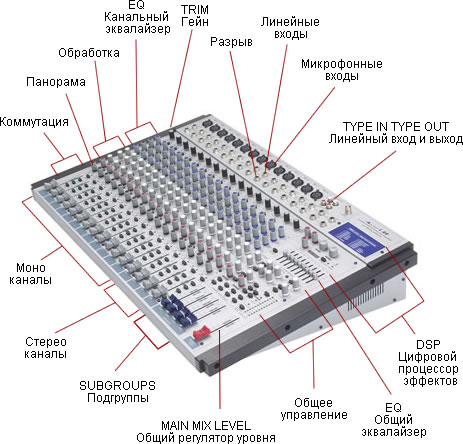
Receiving channels can be both stereo and mono. The latter usually corresponds to 2 slots.
Any channel consists of such blocks:
- input amplifierwhich allows you to set the optimal level, and has a sensitivity control;
- power source "Phantom" type (present on most models), designed to connect microphones with capacitors and some other types of devices;
- equalizerthat corrects the frequency of the incoming signal;
- router - a unit that distributes incoming audio signals to the Aux-bus (optional);
- pan knobdesigned to determine the location of the incoming signal among stereo sounds;
- volume fader, allowing to determine the level of the incoming sound signal in the generalized balance of all cells.
Equalizers of different models have a different number of adjustment bands. In professional, their number reaches six.
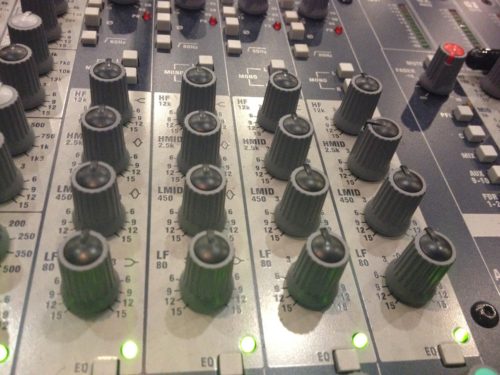
On additional Aux-buses, the signal can be processed by an effects processor (built-in or external). Also with their help, the sound can be directed to a separate line. The number of tires is in the range from 2 to 12. For each of them 2 working modes are available: Pre and Post. With their help, you can set a balance between the ratio of the level of the incoming sound signal and the location of the volume fader.
On some models, there may be an Insert socket, which is located after the pre-amplifier. It simultaneously represents the input-output system of this channel.
The console outputs can consist of the following elements:
- universal tires (subgroups);
- cells that perform additional functions;
- output level controllers (common) and Aux-bus.
Line outputs on the mixer can be at any input channel. They are needed to send a signal to a recording device. Line outputs can be controlled or unmanaged - this is determined by the purpose of the console.
Mixer Types
Mixers are divided according to various criteria. Different types of their peculiar operational advantages and disadvantages. So, based on principle of operationdevices are divided into:
- digital;

- analog.
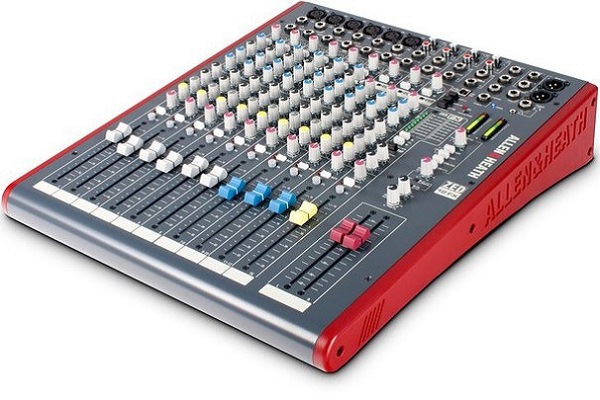
The first type of equipment converts the incoming signals into digital format, and then they are processed by processors. An analog device can have a built-in amplifying unit (active) or be without it (passive).
Classification by functionality identifies the following types of mixing consoles:
- concert;

- universal;
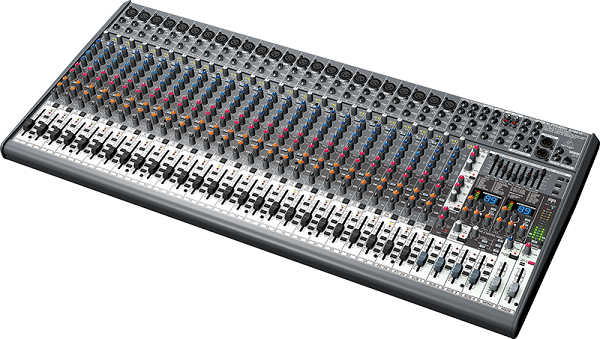
- monitor;
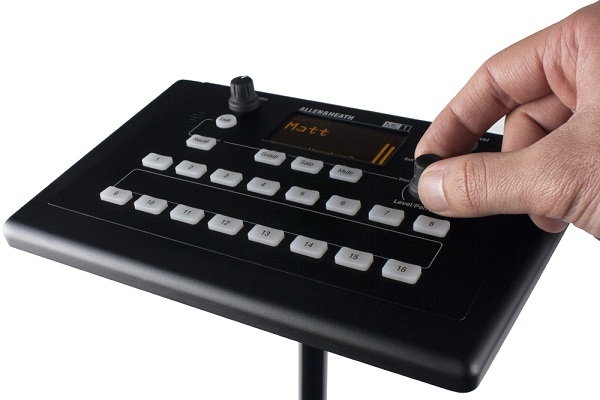
- terrestrial (radio and television);
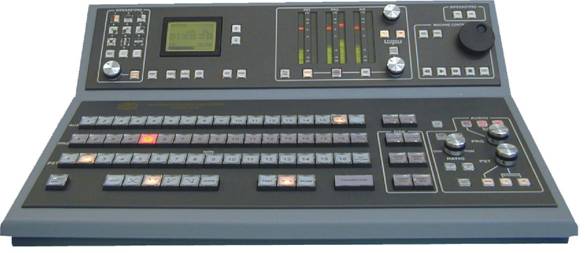
- studio;
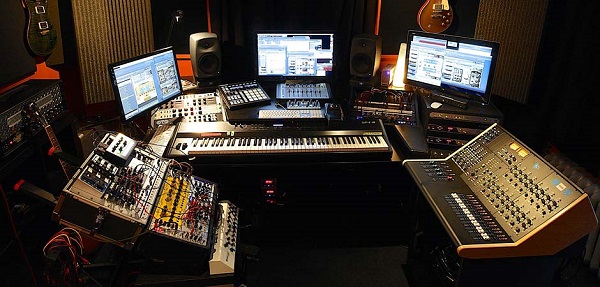
- DJs
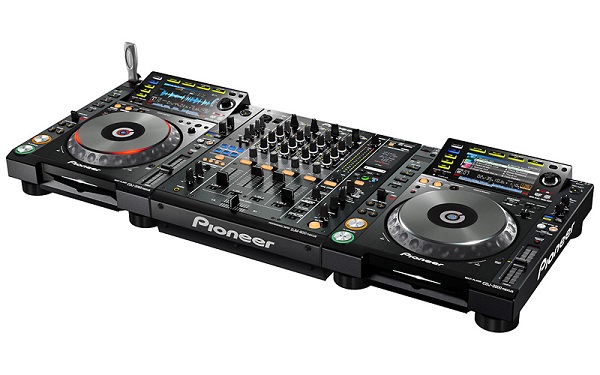
The panels have a different device and the number of inputs and outputs. Studio and concert equipment (professional) have more than 32 input sockets, while budget models have less. DJ consoles have fewer outputs, an effects unit and a crossfader (a device that smoothly connects incoming sound signals). On-board consoles may have special cells to coordinate with phones. Because of this they are called "telephone hybrids».
A variety of mixers allows you to choose the equipment with the required functionality. Amateur equipment will satisfy the simplest demands, and professional allows you to achieve the highest possible sound quality at the output.
Application area
Mixing consoles have found their application in all areas where high-quality audio signal processing is required, followed by amplification. Consoles are used:
- recording studios;
- television and radio stations;
- at concert events;
- music lovers at home.
The wide distribution of mixers is associated with the desire of listeners to enjoy high-quality music. After processing the incoming signals, the devices give great sounding melodies. In order to competently use this kind of device, to know why the inputs and outputs on it, various regulators are intended, it is necessary to study the description of its construction and operation available in the instructions for the model used.

/rating_off.png)











